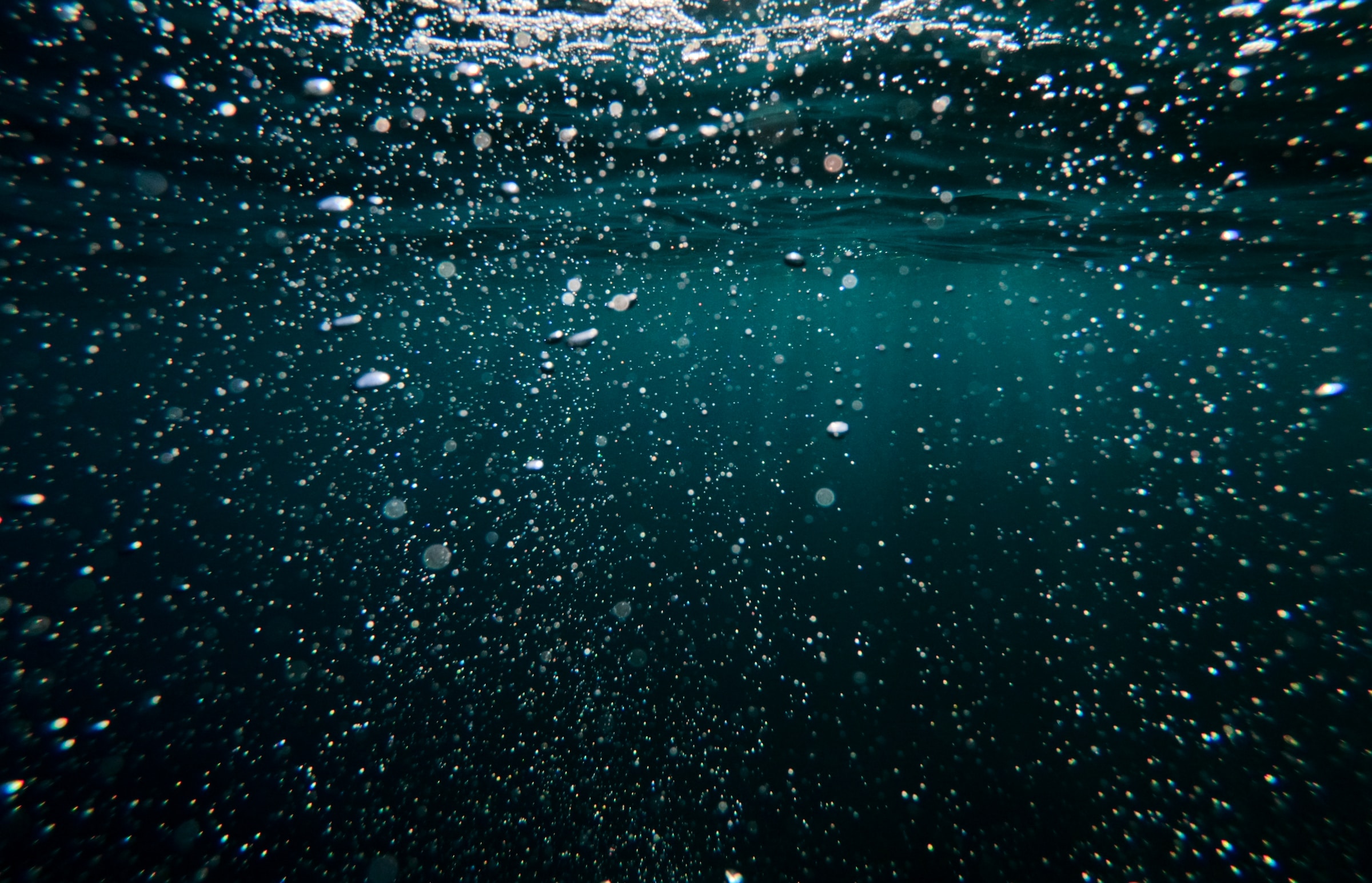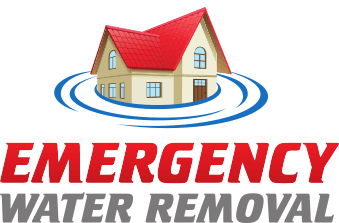
Water cleanup typically refers to the process of removing excess water from an indoor environment due to an incident such as a burst pipe, flooding, or water damage. Here are the general steps involved in water cleanup:
Safety Precautions: Before starting any water cleanup efforts, it’s important to ensure the safety of yourself and others. Identify and address any potential electrical hazards by shutting off power to affected areas if it can be done safely. Wear appropriate personal protective equipment (PPE) such as gloves, boots, and masks to protect against contaminants that may be present in the water.
Identify and Stop the Water Source: If the water source is still active, locate the source of the water and shut it off if possible. This could involve turning off the main water supply or repairing a leaking pipe. Stopping the water source is crucial to prevent further damage and facilitate the cleanup process.
Remove Standing Water: Use pumps, wet/dry vacuums, or buckets to remove standing water from the affected area. The method used will depend on the amount of water present. Be sure to remove as much water as possible to minimize damage and prevent the growth of mold and bacteria.
Salvage or Remove Damaged Items: Assess the damage to furniture, carpets, and other items in the affected area. Salvage items that can be dried and cleaned effectively. Move them to a dry location or elevate them off the wet surface. If items are heavily damaged or pose a health risk, they may need to be discarded. Prompt removal of damaged items helps prevent further water absorption and reduces the risk of mold growth.
Dry the Area: Use fans, dehumidifiers, and open windows to promote air circulation and aid in the drying process. Remove wet materials such as carpets, cushions, or insulation to accelerate drying. Monitor the humidity levels using a moisture meter to ensure proper drying. Addressing the moisture promptly helps prevent mold growth and secondary damage.
Clean and Disinfect: Once the area is dry, clean and disinfect all surfaces and items that came into contact with the water. Use appropriate cleaning agents and disinfectants to remove any contaminants and inhibit the growth of bacteria or mold. Follow manufacturer instructions for proper use of cleaning products.
Address Mold and Mildew: If mold or mildew growth is detected during the cleanup process, it’s essential to address it promptly. Depending on the severity of the growth, you may need to engage professional mold remediation services to ensure thorough removal and remediation.
Restoration and Repairs: After the water cleanup is complete, repair any damaged structures, replace flooring or drywall if necessary, and restore the affected area to its pre-damage condition. This may involve painting, installing new carpeting, or repairing damaged pipes or fixtures.
It’s important to note that the specific water cleanup process can vary depending on the extent of the damage, the type of water involved (clean water, gray water, or black water), and other factors. In cases of significant water damage or if you’re unsure about the cleanup process, it’s recommended to seek professional assistance from water damage restoration specialists who have the expertise and equipment to handle the cleanup effectively and safely.
